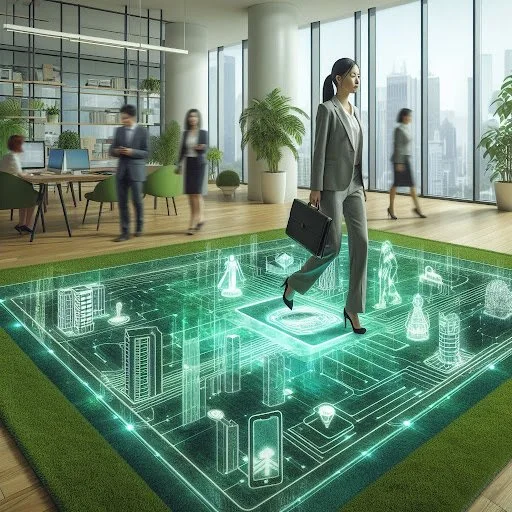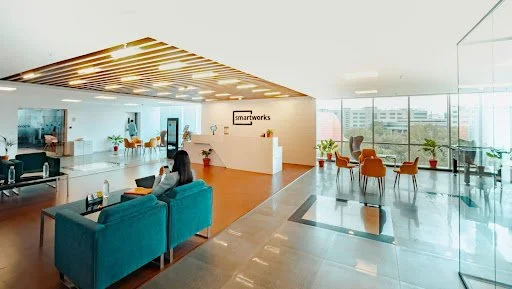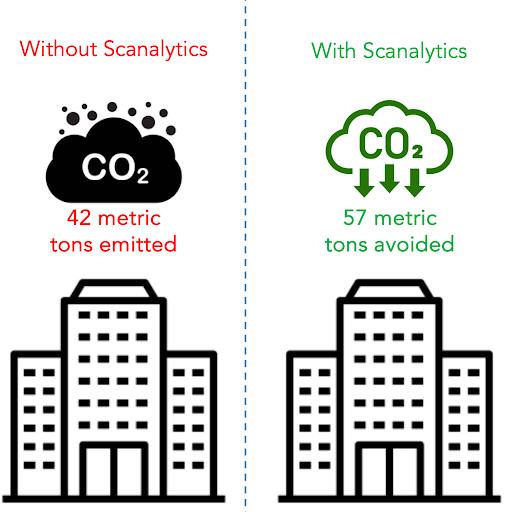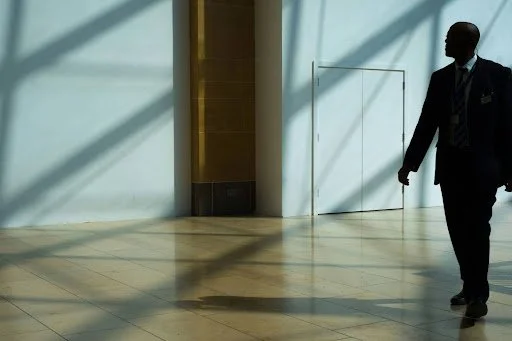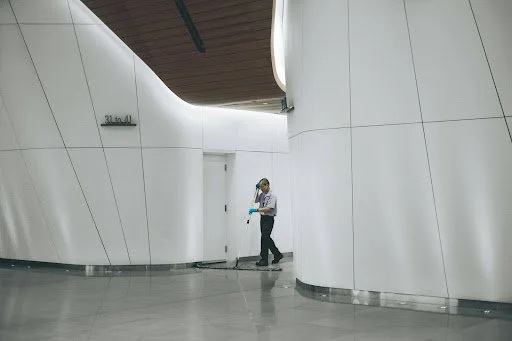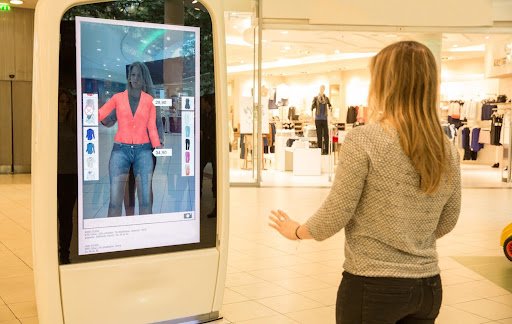Stepping into the Future: The Revolutionary Impact of Smart Flooring
The future of flooring is now. Smart Flooring is a spatial intelligence data analytics platform for buildings with patented floor sensors, elevating standard office flooring from to an interactive, data-rich experience. It’s quickly becoming an integral part of a modern, connected building.
Smart Flooring is a world beyond the simple video games installed on sidewalks in busy town centers. These floors are interactive computers that have applications that track energy savings and CO2 reduction as well as modules concerning increased security and customized business applications. The sky … or rather the floor … is the limit!
What is Smart Flooring?
Smart Flooring represents a significant leap in interior design, integrating cutting-edge technology into the very foundation of our spaces. Unlike traditional flooring, these intelligent floors are equipped with easy-to-install patented floor sensors and a corresponding data platform equipped with programmable features, transforming them from passive surfaces to spatial intelligence data analytics platforms. Customers use the high-resolution data, collected with each footstep without impeding on occupant privacy or comfort, in myriad ways. In a school setting, smart flooring helped optimize traffic flow and reduce congestion. A school in the United States installed smart flooring to monitor student movement and attendance patterns. Smart flooring technology has helped healthcare and retirement community workers reduce fall-related patient injuries and to encourage increased physical activity.
The Multifaceted Benefits of Smart Flooring
While smart flooring is invisible to the occupants and inexpensive to install, the benefits of a robust technology platform in the floors of buildings go far beyond the “cool” factor of promoting interactive spaces. Flooring is a crucial component in the construction of smart buildings, but even by themselves, the benefits of smart flooring encompass a range of practical advantages that cater to both environmental sustainability and personal safety.
Flooring Data Promotes Energy Efficiency
Residential and commercial buildings are responsible for nearly 40% of all carbon emissions annually. Heating, ventilation, and air conditioning processes all consume significant energy, and a large percentage of a building’s carbon footprint comes from conditioning unoccupied spaces. One of the most compelling aspects of Smart Flooring is the potential to both save and redirect these emissions. With an average of 1.5% of coverage at exits and entrances, with built-in sensors for occupancy detection, the floors can adjust lighting and climate control automatically. This not only provides a comfortable environment but also significantly reduces energy consumption, contributing to a greener, more sustainable planet.
Energy Efficiency Elevates Cost Savings
Smart Flooring isn't just about technological sophistication; it's also about economic sensibility. Significant cost savings can be achieved by optimizing energy use based on real-time occupancy data. Recent studies by the U.S. government indicate that smart building technologies can lead to an average energy cost reduction of 30 percent. Imagine a workspace where lighting, heating, and cooling are optimized based on real-time occupancy data. Scanalytics and the Department of Energy have documented 34% energy savings on HVAC usage when smart flooring is installed. This not only enhances the working environment but also leads to substantial reductions in utility bills.
Keep Spaces Safe and Secure with Smart Flooring
Smart flooring can be integrated with security systems to monitor movement and detect unauthorized access. For safety, sensors can detect spills or slippery surfaces, alerting occupants to potential hazards. In this way, floors perform both security and maintenance duties, supporting trained staff in keeping buildings, and building occupants, secure.
Real-World Applications of Smart Flooring
From bustling office spaces to critical healthcare facilities, smart flooring is revolutionizing how employees, customers and others interact with fixed environments.
Transforming Office Spaces and Facility Maintenance
Smart Flooring captures human movement within buildings to construct spatial intelligence. This can lead to dynamic adjustment of spaces to the changing presence of employees, leading to substantial cost savings and a more efficient use of resources. The same precise occupancy data driving energy efficiency can also generate optimized daily facility cleaning schedules to save labor and supply costs. Using a smart floor helps discover the true cost of maintaining an office space or other facility, helping users answer crucial questions like:
How much space do I really need?
Which workspaces do employees prefer?
How can I drive higher real estate ROI?
Revolutionizing Patient Care
In healthcare, where cleanliness is crucial, smart flooring can quickly detect spills or contaminants, prompting immediate cleaning responses, ensuring a safe and hygienic environment. Within senior living and healthcare facilities, Smart Flooring can accurately monitor individual gait and footfall data to measure mobility health leading to reduced injuries and proactive care. According to the Centers for Disease Control and Prevention, falls are the leading cause of injury deaths among adults aged 65 and older. Smart Flooring is equipped with real-time fall detection, with the floor triggering alarms and notifications to alert emergency services of patient issues. To help caregivers, Smart Flooring will optimize flow patterns to ensure nurses and other staff reduce their step counts while providing the same level of care. This relatively simple application of the system can prevent worker burnout and aid retention.
Virtual fitting rooms
Innovating Retail Environments
Retail operations benefit significantly from data-rich solutions that provide real-time information about customer habits in physical stores. Smart Flooring can adjust lighting to highlight areas based on customer movement, creating an immersive shopping experience while optimizing energy use, but the impact be can be so much greater. A retail store in Europe utilized smart flooring to analyze customer movement patterns, identifying popular areas and underutilized spaces. This data-driven approach enabled the store to optimize product placement, improve staff allocation, and enhance customer engagement.
More Than a Trend: Smart Flooring as a Practical Investment
Smart Flooring is a practical, forward-thinking investment that marries technology with functionality. The benefits, from energy savings to enhanced safety, are undeniable and quantifiable. Smart Flooring represents a stride into a future where the ground beneath us does far more than just support our steps.
Embracing a Brighter, Smarter Future
Smart flooring is not a futuristic concept; it is a reality that is already transforming offices, healthcare facilities, retail spaces, and educational institutions. With its ability to enhance safety, improve comfort, and optimize space utilization, smart flooring is poised to become an integral part of our increasingly intelligent built environments. Smart Flooring is a testament to how technology can enhance our daily lives in the most foundational ways. In this exciting future, floors do more than just exist—they actively contribute to our well-being and efficiency.

